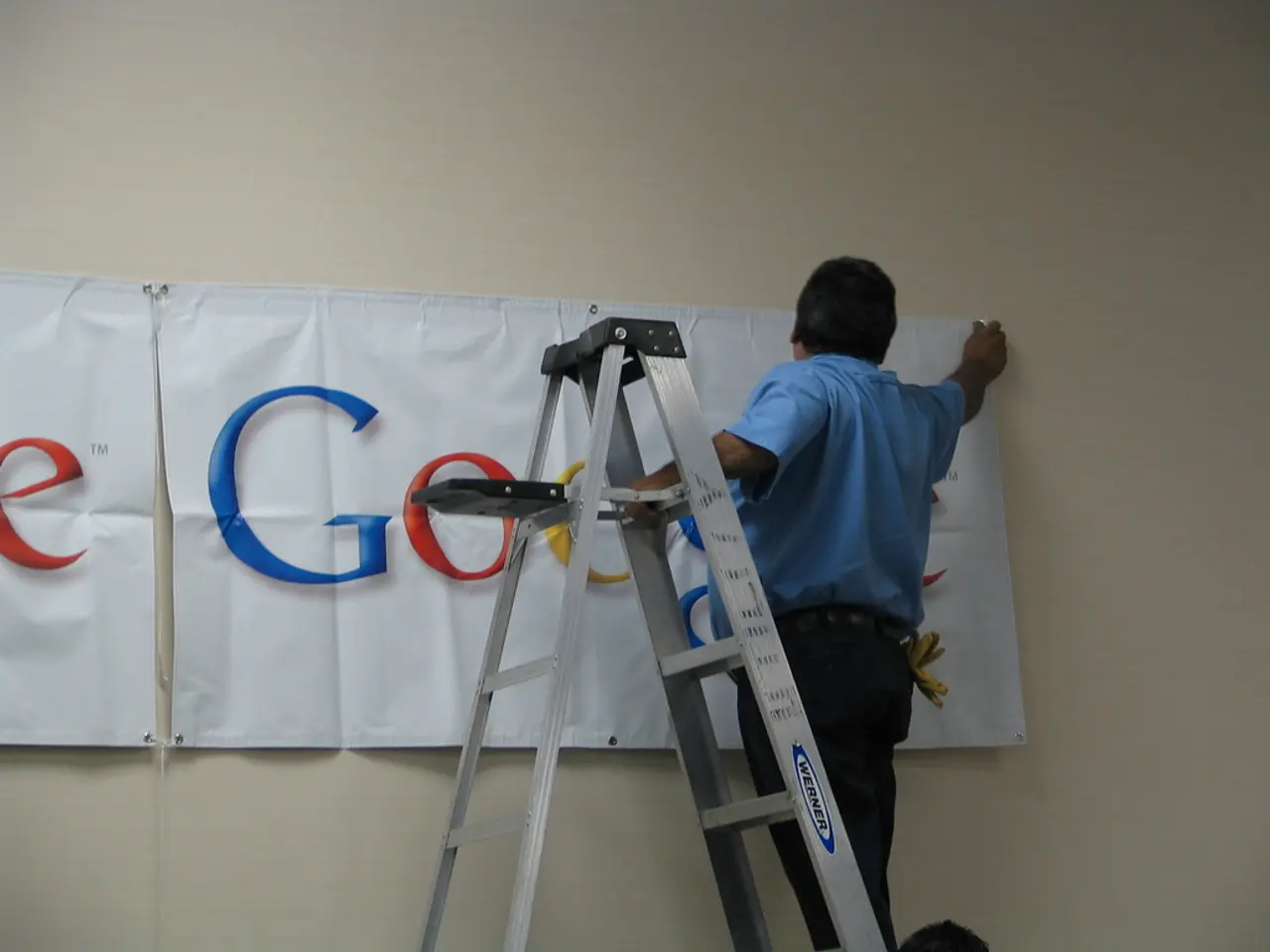Businesses ponder over the best digital marketing approach: SEO or SEM? Each technique offers distinct advantages for reaching potential customers online.
In the realm of digital marketing, two acronyms often come up: SEO (Search Engine Optimization) and SEM (Search Engine Marketing). While they may seem similar, these strategies have distinct differences that can significantly impact a business's online presence.
SEO (Search Engine Optimization)
SEO is a long-term strategy aimed at improving a website's ranking in organic search results. This is achieved by optimizing content, site structure, technical performance, and more to make the site more attractive to search engines.
Cost and Sustainability
SEO is generally unpaid or has low direct costs, with the main expenses being time and resources for optimization, content creation, and backlink building. On the other hand, SEO's sustainability makes it a cost-effective choice in the long run, as once strong rankings are achieved, traffic does not need to be paid for continuously.
Results Time Frame
SEO takes time to see results, with significant improvements typically appearing after 3 to 12 months. However, this patience often pays off, as SEO-generated traffic is organic and can lead to long-term growth.
Control and Flexibility
SEO offers less control compared to SEM, as it is subject to search engine algorithms and changes. Testing and changes also take longer in SEO.
Visibility
SEO builds trust and authority over time, often yielding higher click-through rates from organic results compared to paid ads. However, SEO's visibility can be impacted by competition for keywords and search engine algorithm updates.
Analytics
SEO analytics are driven by tools focused on organic traffic, keyword rankings, backlinks, and engagement metrics.
SEM (Search Engine Marketing)
SEM, on the other hand, uses paid ads to increase a website's visibility in search engine results.
Cost
SEM is a paid strategy, with costs depending on bids and budget for ads. While SEM can initially have a steeper learning curve, it offers faster results and high control.
Results Time Frame
Unlike SEO, SEM provides immediate results, as ads can start driving traffic as soon as campaigns go live. However, visibility drops immediately when the budget stops.
Control and Flexibility
SEM offers more control over ad placement, targeting, and budget, allowing for quick strategy pivots if needed. This precision includes targeting by keywords, demographics, location, device, and time.
Visibility
SEM ads typically display at the top or bottom of search engine results with clear "Ad" or "Sponsored" labels. While this can face trust barriers, it offers instant visibility.
Analytics
SEM analytics provide detailed, real-time data with granular tracking of ad performance, cost per click, conversion rates, and ROI.
In summary, SEO is a cost-effective, long-term strategy focusing on sustainable organic growth, while SEM is a paid, flexible approach designed for immediate, controlled results but requires continuous investment for maintained visibility.
Additional insights reveal that SEO builds trust and authority over time, often yielding higher click-through rates from organic results compared to paid ads. SEM, on the other hand, allows scalable spending, with more budget increasing reach, but stops delivering traffic once the budget is paused.
Ultimately, both SEO and SEM have their strengths and are best used together to drive consistent, high-quality traffic to a website. Tracking performance is essential for improving strategies and maximizing results in both SEO and SEM using analytics tools.
Finance is crucial when planning the budget for both SEO and SEM strategies, as SEO has low direct costs but requires time and resources for optimization, while SEM is a paid strategy with costs depending on bids and budget for ads.
Technology plays a significant role in both SEO and SEM, as optimization, content creation, backlink building, analytics, and ad placement all rely on various digital tools and platforms in the realm of business.




